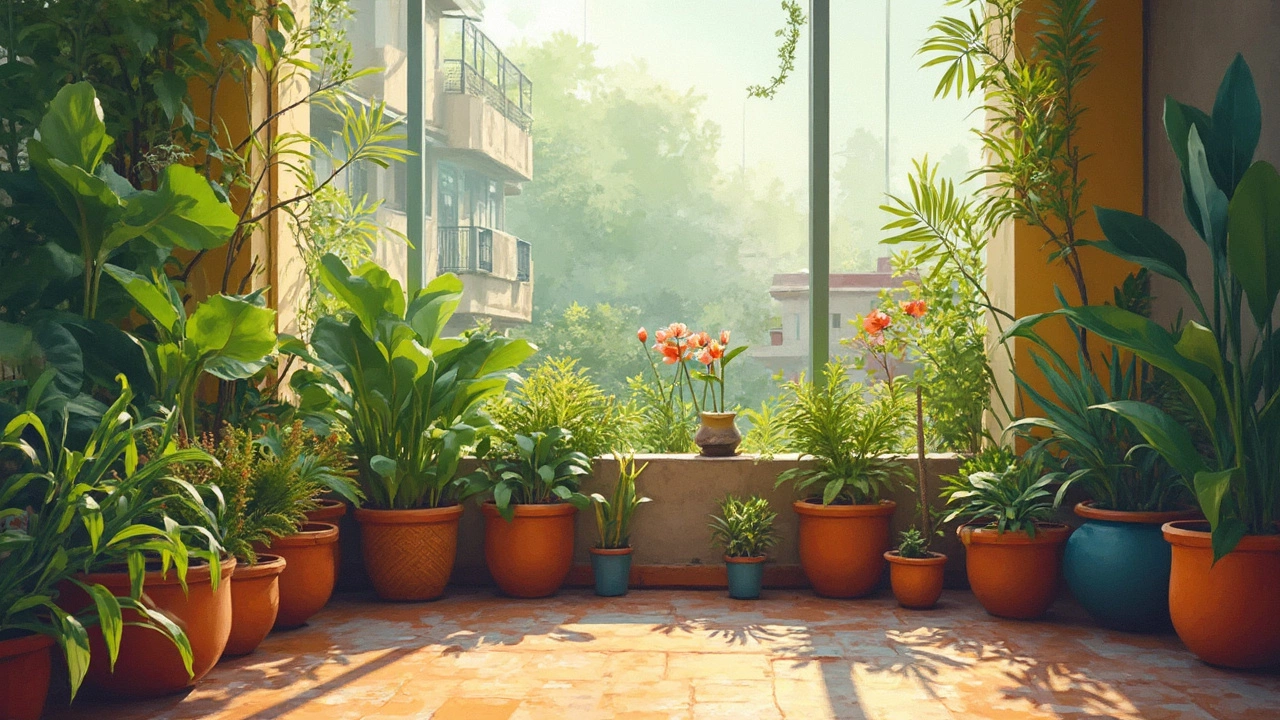Arranging plants on a balcony isn't just about aesthetics—it's about making the most of limited space. With strategic placement, you can create a lush oasis even in a small urban setting. Understanding sunlight, plant type, and personal preference is key to maximizing greenery. This guide will walk you through choosing the right plants and positioning them for best growth.
Plant Arrangement: Smart Ways to Position Plants for Healthier Gardens
When you think about plant arrangement, how you position plants in your space to maximize growth, light, and airflow. Also known as plant placement, it isn’t just about looks—it’s the difference between a thriving garden and a struggling one. A hydrangea in the wrong spot on your balcony might drop all its flowers by noon. A tomato plant crammed next to a wall that radiates heat will struggle to fruit. Even the best soil and water won’t fix a bad layout.
Balcony garden, a small outdoor growing space often limited by sunlight, wind, and container size. Also known as container garden, it’s one of the most common places where plant arrangement makes or breaks success. If your balcony faces west, afternoon sun can cook plants in pots. The right arrangement means putting sun-lovers like basil or zinnias where they get 6+ hours of light, and shade-tolerant plants like ferns or peace lilies where the heat bounces off walls. You can’t just throw plants in pots and call it done. You need to plan like a gardener who’s seen what works—and what kills.
Soil improvement, adding materials like compost, perlite, or leaf mold to make dense soil easier to work with and better for roots. Even the best plant arrangement fails if the soil won’t drain. If your pots stay soggy, your plants rot—even if they’re in perfect sunlight. That’s why fixing soil comes before positioning. And if you’re using drip irrigation, clogged emitters can ruin your whole setup. You might have arranged your plants perfectly, but if water doesn’t reach the roots evenly, you’re wasting effort.
Then there’s the long game: year-round flowering plants, species that bloom through India’s heat, monsoons, and mild winters with little care. These aren’t just pretty—they’re the backbone of a garden that never looks bare. Knowing which ones to plant where keeps your space alive all year. Jasmine near a window for fragrance, marigolds near veggies to keep pests away, or low-maintenance succulents on hot terraces—each choice depends on where you put them.
Plant arrangement isn’t magic. It’s simple math: sun + space + soil + water = results. Skip the guesswork. Look at your space like a puzzle. Where does the sun hit hardest? Where does water pool? Which plants are too big for their pots? What’s next to your wall? The answers are in your garden right now. The posts below show you exactly how real gardeners in India fix these problems—step by step, plant by plant.
